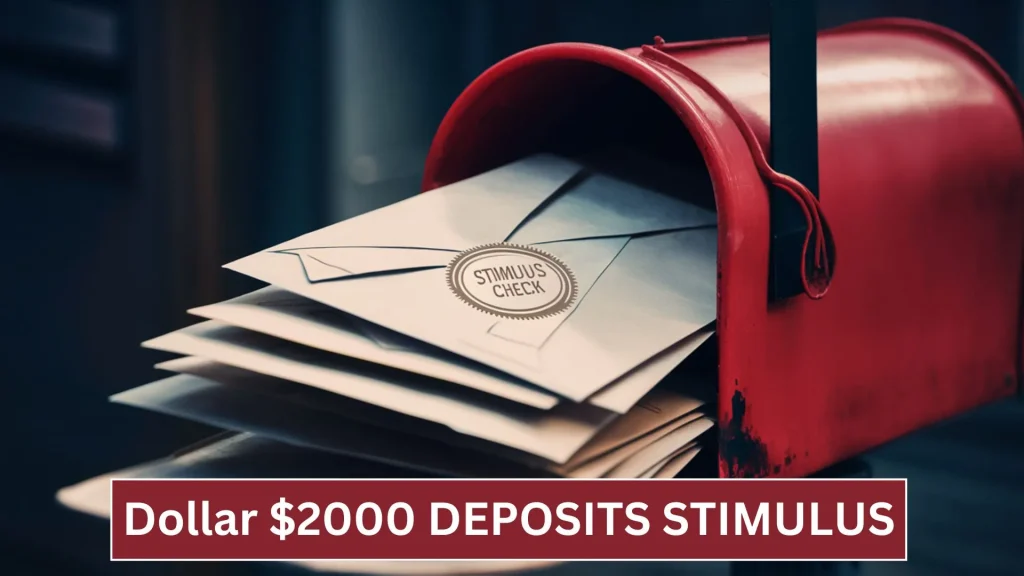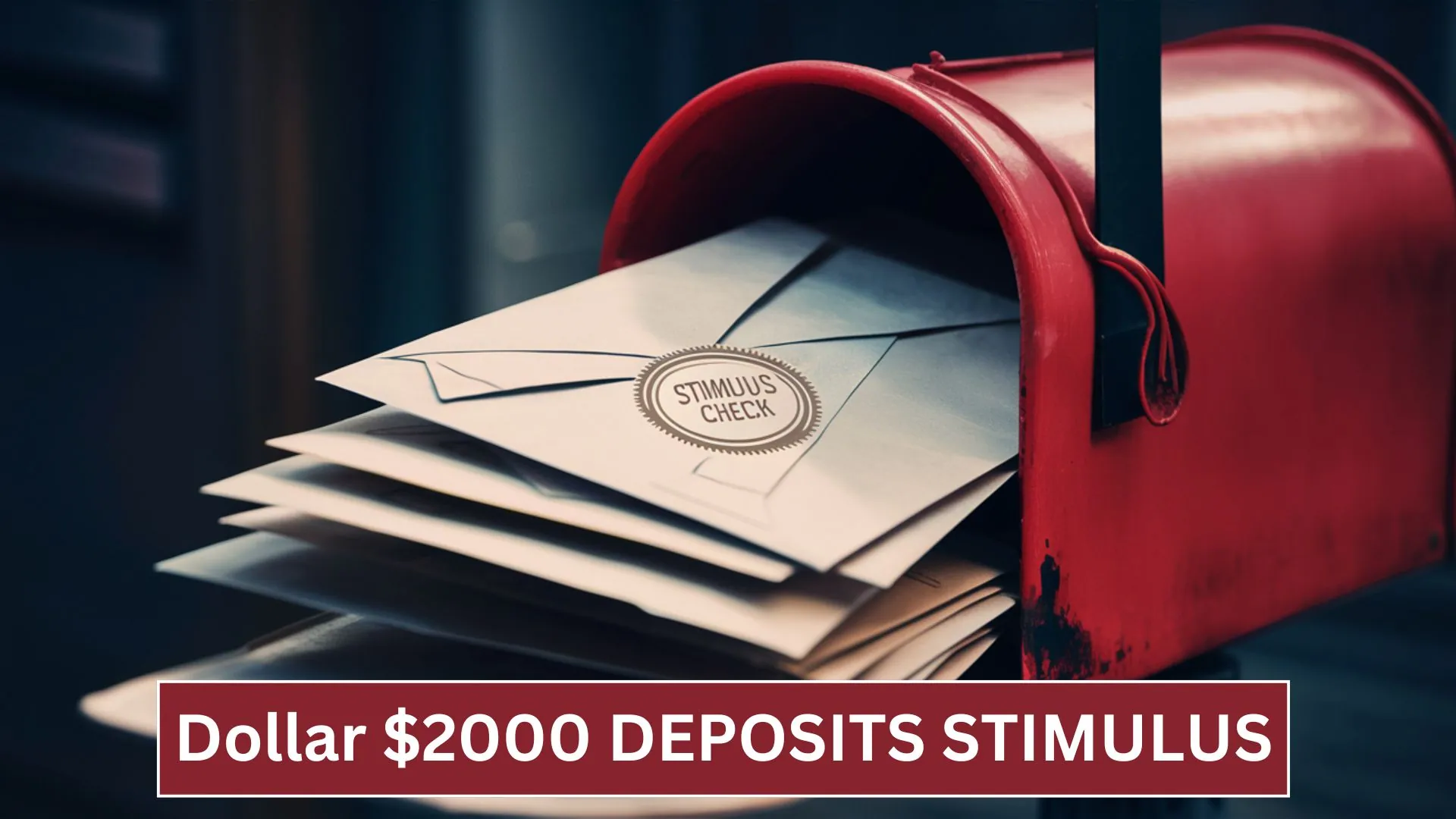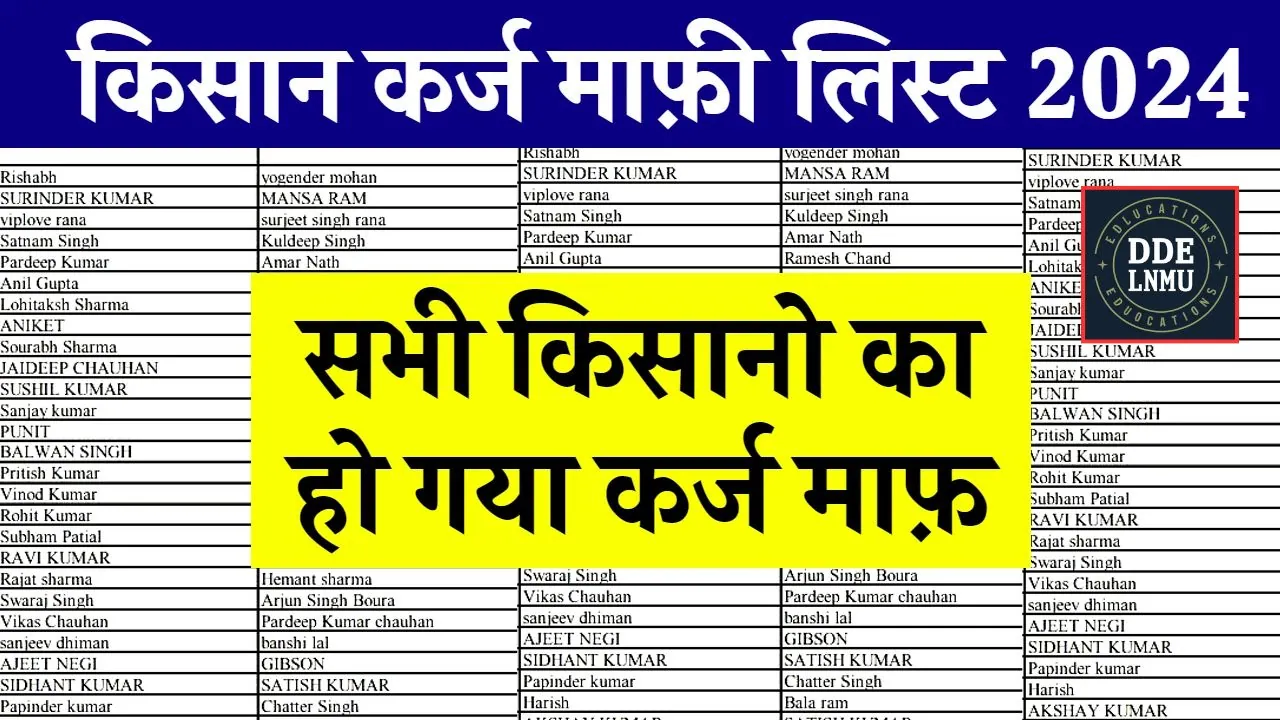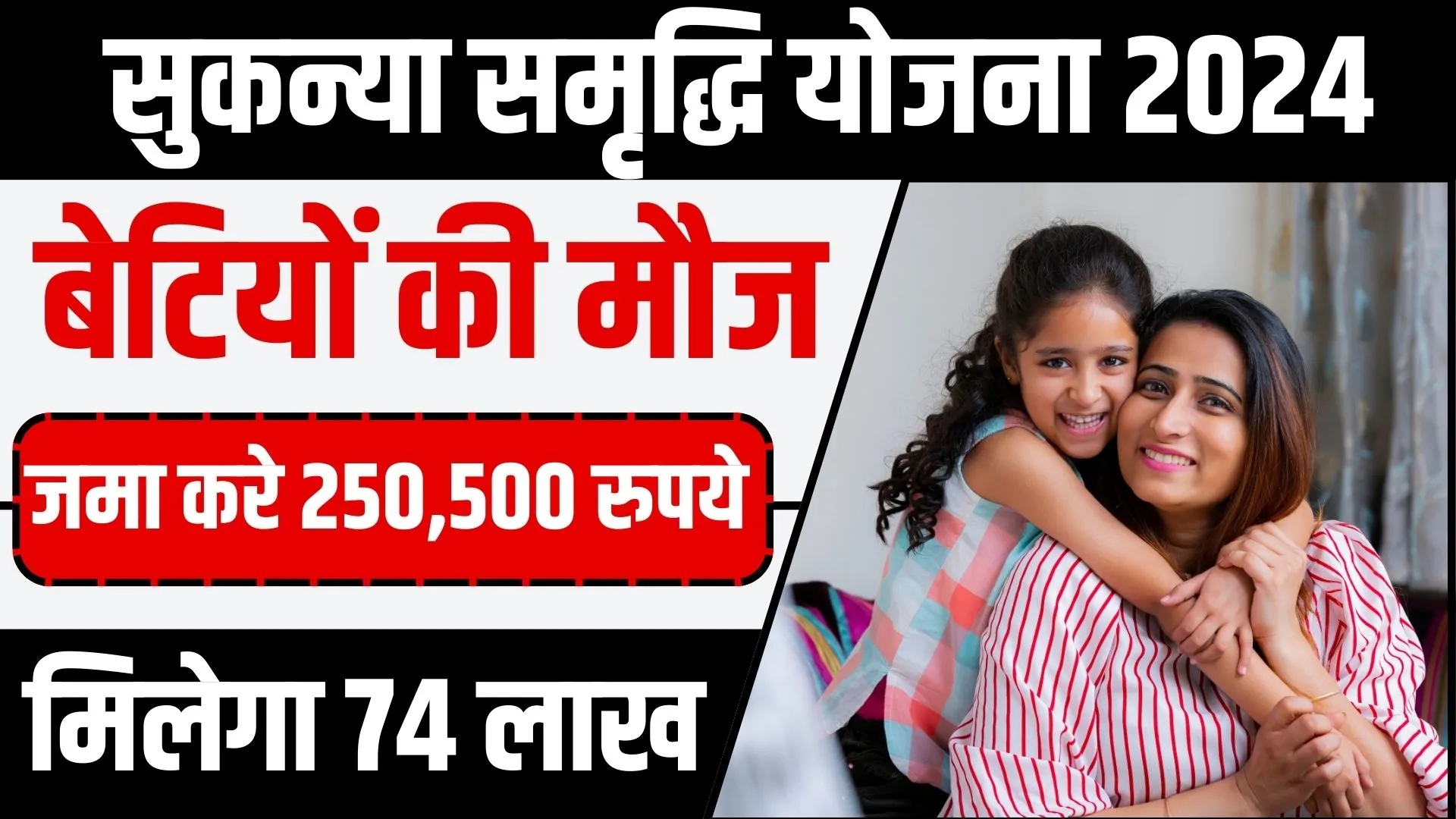Dollar 2000 DEPOSITS STIMULUS: Are you an American receiving VA benefits, Social Security Disability Insurance (SSDI), or Supplemental Security Income (SSI)? If so, you might be in for some good news! This week, the IRS began distributing a new round of stimulus payments – $2,000 each – directly to eligible bank accounts.
This article provides a breakdown of everything you need to know about this recent development, including who qualifies, when to expect the payment, and what to do if you encounter any issues.
Who is Eligible for the $2,000 Stimulus Checks? (Dollar 2000 DEPOSITS STIMULUS)
The IRS is targeting this round of stimulus relief specifically towards three groups:
- Veterans Affairs (VA) benefit recipients
- Social Security Disability Insurance (SSDI) beneficiaries
- Supplemental Security Income (SSI) recipients
If you fall under any of these categories and typically don’t file tax returns, the IRS will use the information on file from your benefit payments to automatically send your stimulus check.

When Will I Receive My Stimulus Payment?
The IRS started disbursing the $2,000 payments on July 23, 2024. However, it’s important to remember that banks process deposits at varying speeds. While some people might see the money reflected in their accounts immediately, others may have to wait a day or two.
Here’s a quick timeline to keep in mind:
- Direct Deposit: 5 business days is the recommended waiting period before contacting the IRS or your bank to inquire about your payment.
- Paper Check: For paper checks, the waiting period is extended to 2 weeks after the disbursement date. This is because mailed checks take longer to arrive.
What If I Don’t Receive My Payment?
If you are eligible but haven’t received your payment after the recommended waiting period, here’s what you should do:
- Wait: Ensure you’ve given it enough time. As mentioned earlier, there might be a slight delay depending on your bank’s processing speed.
- Check the IRS Get My Payment Tool: This online tool allows you to track the status of your stimulus payment. You can find it on the IRS website.
- Contact the IRS: If the Get My Payment tool doesn’t provide any updates and you still haven’t received your payment after waiting, contact the IRS directly.
Potential Issues and How to Address Them
Even with the best planning, unexpected issues can arise during large-scale government programs. Here are some common problems you might encounter and how to resolve them:
- Incorrect Bank Information: If your bank account details have changed since your last benefit payment, the deposit will bounce back to the IRS. In this case, the IRS will send you a paper check instead.
- Closed Bank Account: Similar to the above scenario, if your bank account has been closed, the deposit will be returned to the IRS and they will issue a paper check.
- Garnishment: Unlike previous stimulus checks, these $2,000 payments are subject to garnishment for certain debts, such as back taxes or child support. If you have outstanding debts, a portion of your check might be withheld to settle those debts.
If you encounter any of these issues, the best course of action is to contact the IRS directly. They have specialists available to help resolve these problems and ensure you receive your rightful stimulus payment.
Using Your Stimulus Payment Wisely
While this $2,000 is a welcome relief, it’s important to spend it wisely. Here are some suggestions:
- Pay Bills: If you’re struggling to catch up on bills, this money can help you get back on track.
- Groceries and Essentials: Stock up on groceries and other essential household items.
- Build an Emergency Fund: Consider setting aside some money for unexpected emergencies.
Important Reminders
- This is a one-time stimulus payment, not a recurring benefit.
- Be wary of scams! Scammers might try to take advantage of the stimulus program by contacting you and requesting personal information. Never give out your bank details or social security number over the phone or email.
- Keep an eye out for further updates. Discussions regarding future relief measures are ongoing. This article will be updated with any new developments.
Frequently Asked Questions (FAQ) on the $2,000 Stimulus Checks
Q: I receive VA benefits but I also file tax returns. Am I eligible for this payment?
A: This specific stimulus package targets individuals who typically don’t file tax returns. If you file tax returns, even though you receive VA benefits, you wouldn’t qualify for this round of payments.
Q: What if my situation has changed, and I now rely on VA benefits/SSDI/SSI but haven’t received them for very long? Am I eligible?
A: Unfortunately, the information available so far suggests the IRS is using existing beneficiary data on file. If you haven’t been receiving VA benefits/SSDI/SSI for very long, you likely wouldn’t be included in this round of stimulus distribution.
Q: Can I track the status of my payment online?
A: Yes. The IRS has a tool called “Get My Payment” on their website ([invalid URL removed]). This tool allows you to track the status of your federal stimulus payment, including the $2,000 payments discussed here.
Q: I am not comfortable using the online tool. Is there another way to check the status of my payment?
A: Yes, while the “Get My Payment” tool is the most efficient way, you can also call the IRS directly at 1-800-829-1040. Be prepared for wait times, especially during peak hours.
Q: What if I don’t have internet access or a phone? How can I find out about my payment?
A: If you don’t have internet access or a phone, you can visit your local public library to use their computers to access the “Get My Payment” tool online. Alternatively, you can try contacting your local congressman or representative’s office and inquire about assistance with checking your payment status.






